Fact families are foundational tools in mathematics, designed to illustrate the relationships between numbers. Think of them as little groups of math facts that all connect back to the same set of three numbers. Just like how members of a family are related, these numbers are connected through addition, subtraction, multiplication, and division. Understanding fact families is a key step in building strong arithmetic skills.
Explore Engaging Math Games
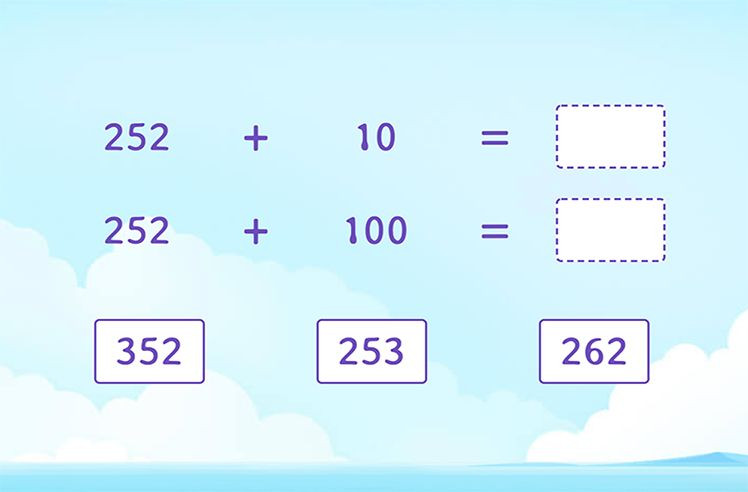 10 and 100 More than the Same Number Game
10 and 100 More than the Same Number Game
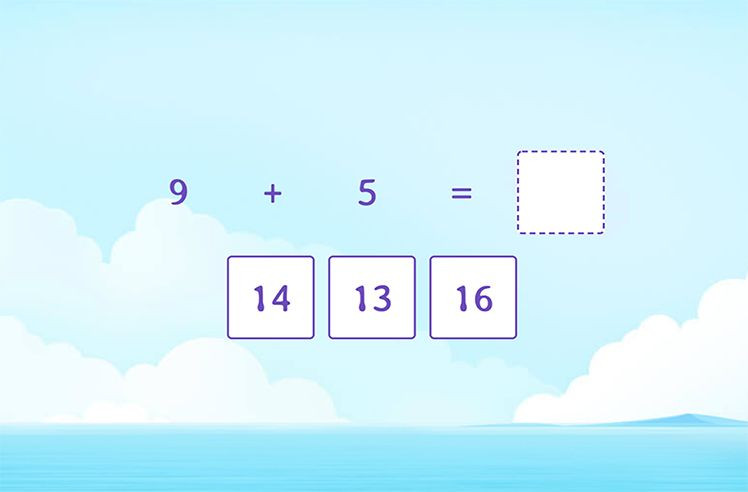 Add 1-Digit Numbers Game
Add 1-Digit Numbers Game
 Add 10 to a 3-Digit Number Game
Add 10 to a 3-Digit Number Game
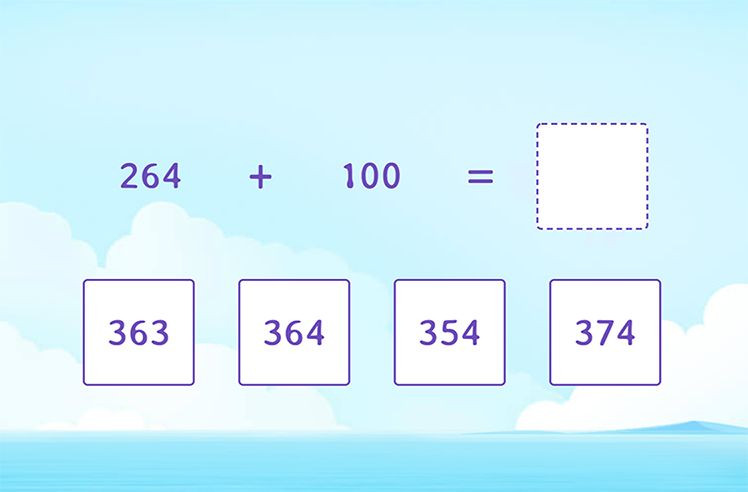 Add 100 to a 3-Digit Number Game
Add 100 to a 3-Digit Number Game
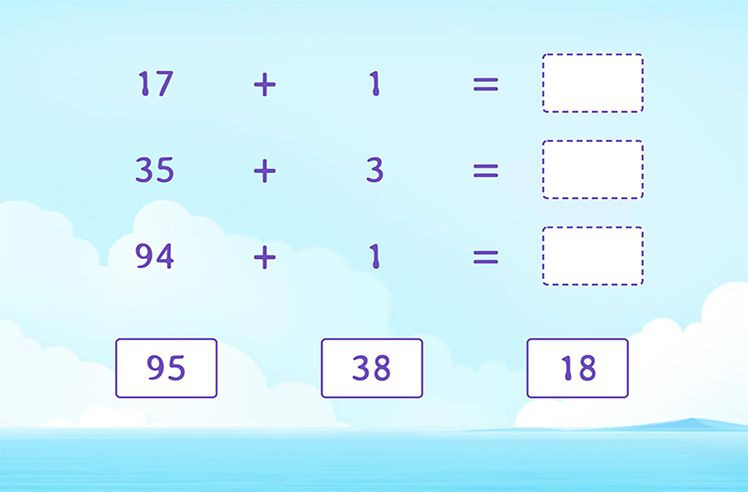 Add 2-Digit and 1-Digit Numbers Game
Add 2-Digit and 1-Digit Numbers Game
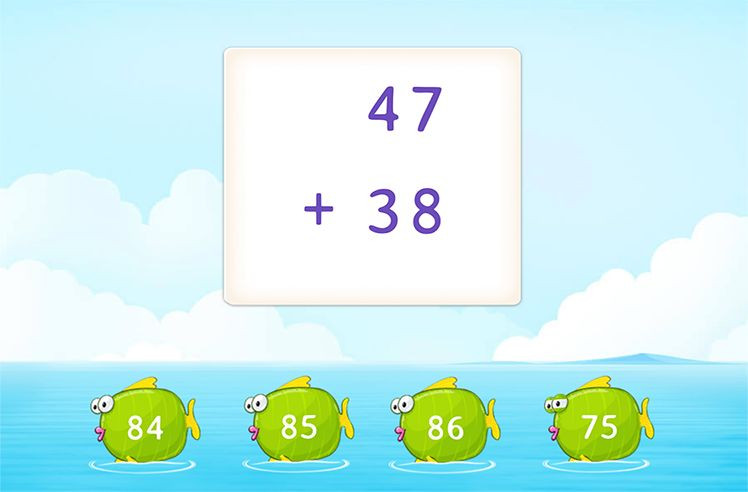 Add 2-Digit Numbers By Regrouping Game
Add 2-Digit Numbers By Regrouping Game
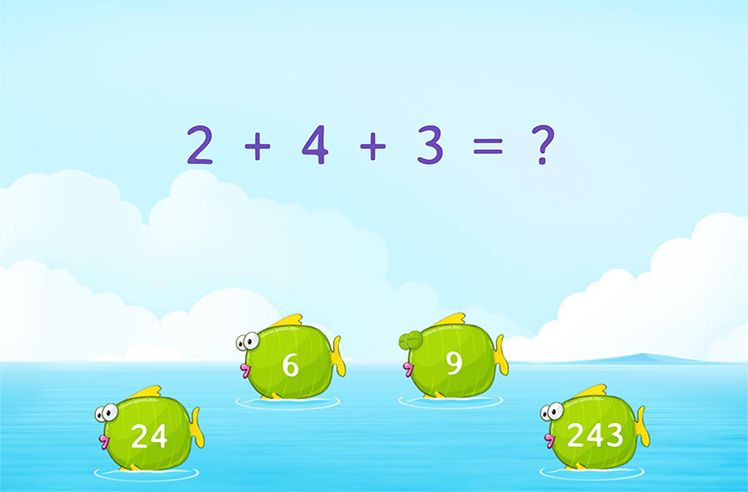 Add 3 Numbers Game
Add 3 Numbers Game
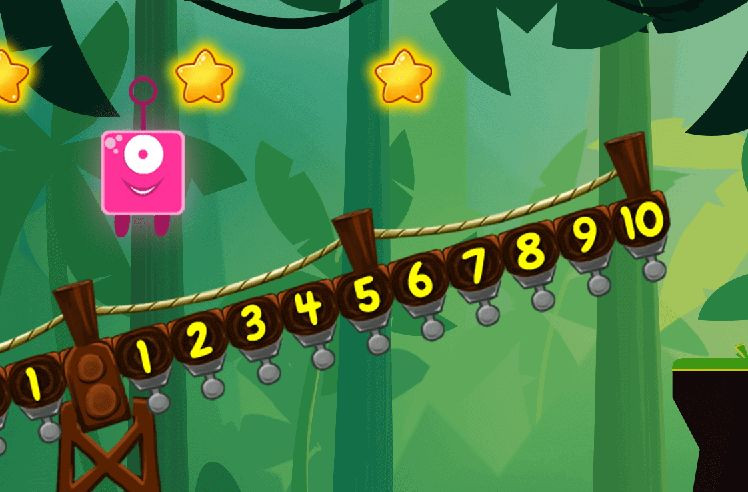 Add 3 Numbers in Any Order Game
Add 3 Numbers in Any Order Game
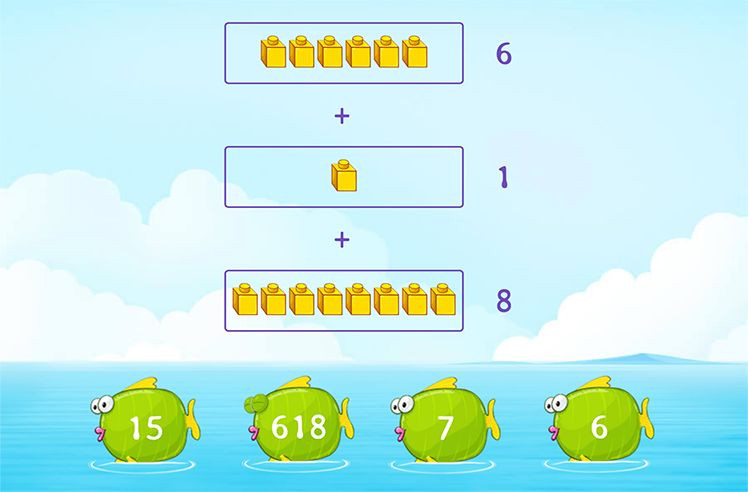 Add 3 Numbers Using Groups of Objects Game
Add 3 Numbers Using Groups of Objects Game
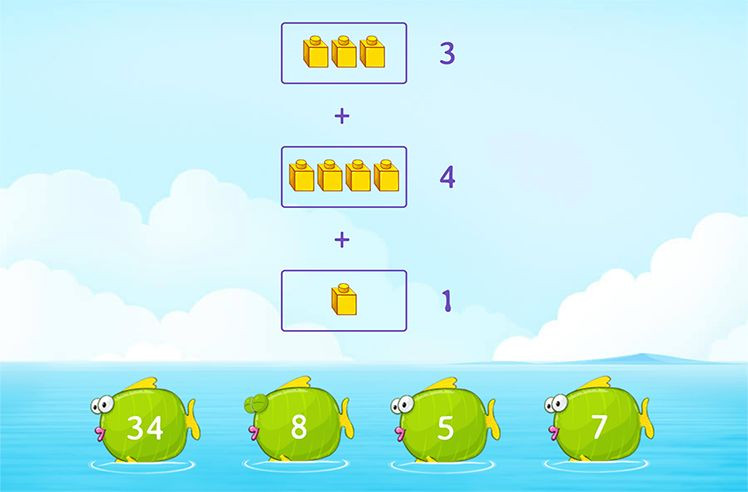 Add 3 Numbers using Model Game
Add 3 Numbers using Model Game
Explore More Math Games
Understanding the Fact Family Definition
A Fact Family, also sometimes referred to as a “number family,” is a set of math equations that use the same three numbers. These equations show the relationships between these numbers through different operations. Essentially, it’s a way to see how addition and subtraction are related, or how multiplication and division are connected, all within a simple, manageable group of numbers.
Fact families are incredibly helpful for learners because they:
- Build Number Sense: They encourage a deeper understanding of how numbers work together.
- Illustrate Inverse Operations: They clearly show the opposite relationship between addition and subtraction, and multiplication and division.
- Improve Fluency: By practicing fact families, children can quickly recall basic math facts, which is crucial for more complex math later on.
- Simplify Problem Solving: Recognizing fact families can make solving math problems faster and easier.
Discover Helpful Math Worksheets
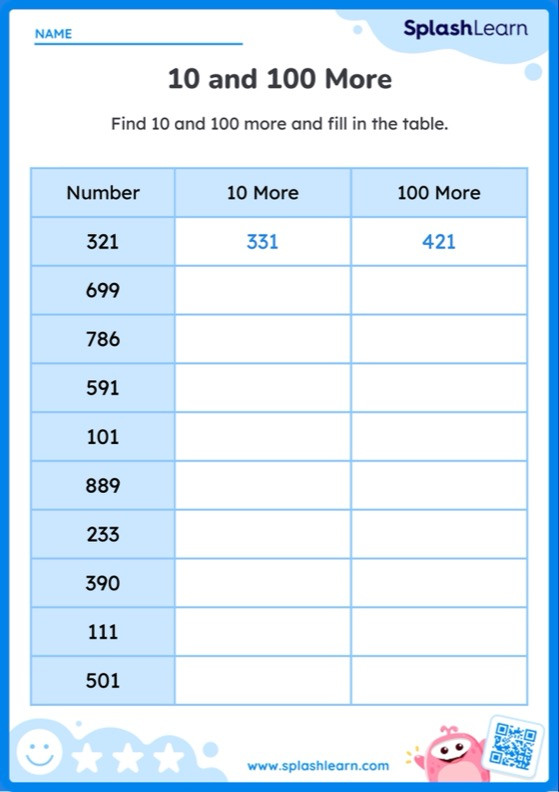 10 and 100 More than a 3-digit Number Worksheet
10 and 100 More than a 3-digit Number Worksheet
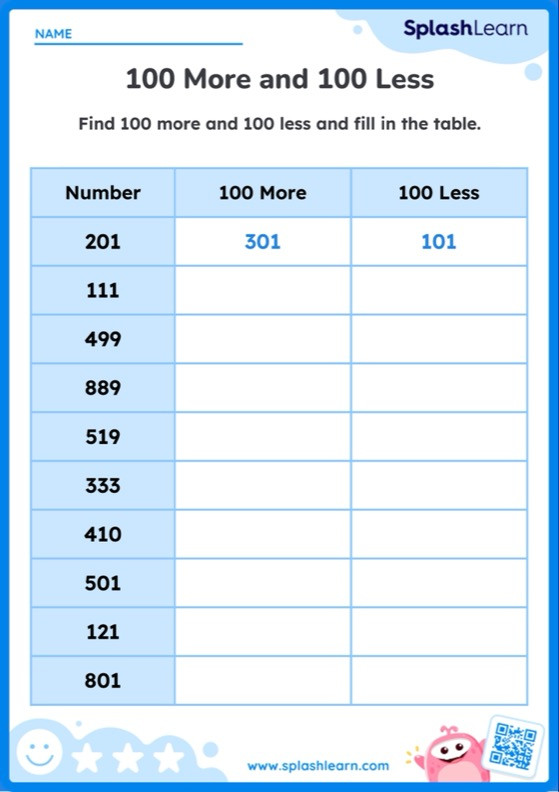 100 More and 100 Less than a 3-digit Number Worksheet
100 More and 100 Less than a 3-digit Number Worksheet
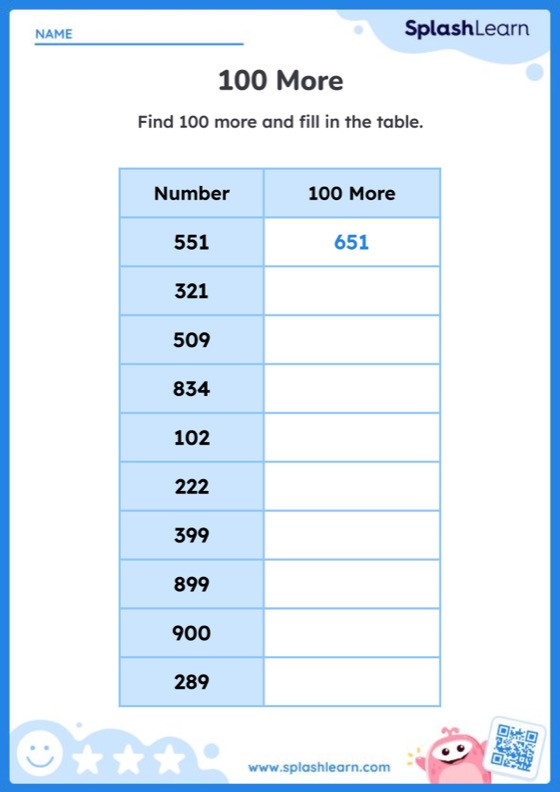 100 More than a 3-digit Number Worksheet
100 More than a 3-digit Number Worksheet
 Add & Subtract Ones & 2-Digit Numbers Worksheet
Add & Subtract Ones & 2-Digit Numbers Worksheet
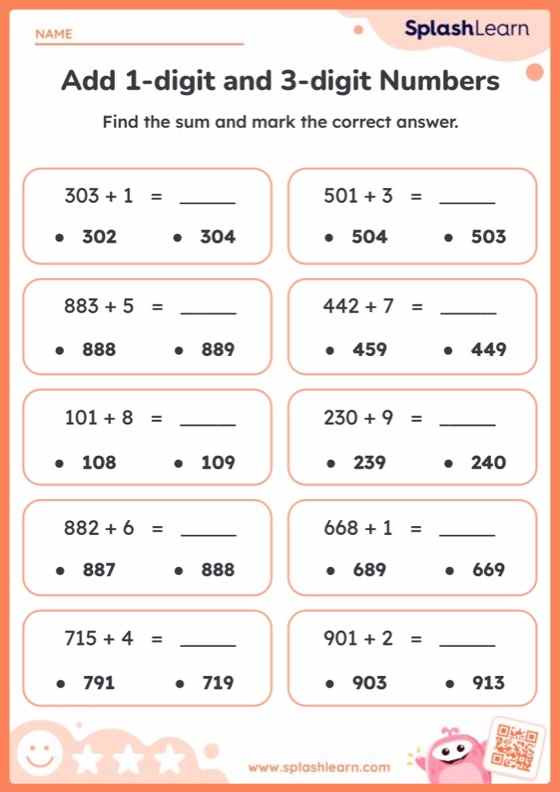 Add 1 Digit and 3 Digit Numbers and Find the Sum Worksheet
Add 1 Digit and 3 Digit Numbers and Find the Sum Worksheet
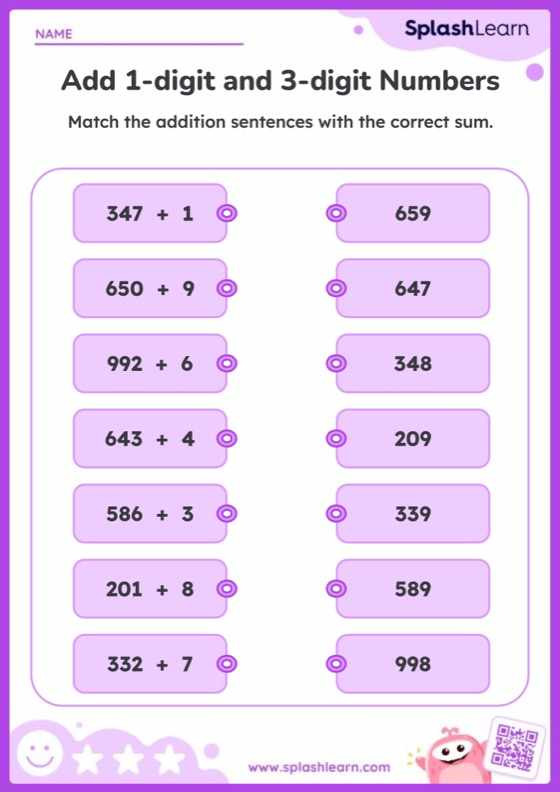 Add 1 Digit and 3 Digit Numbers and Match the Sum Worksheet
Add 1 Digit and 3 Digit Numbers and Match the Sum Worksheet
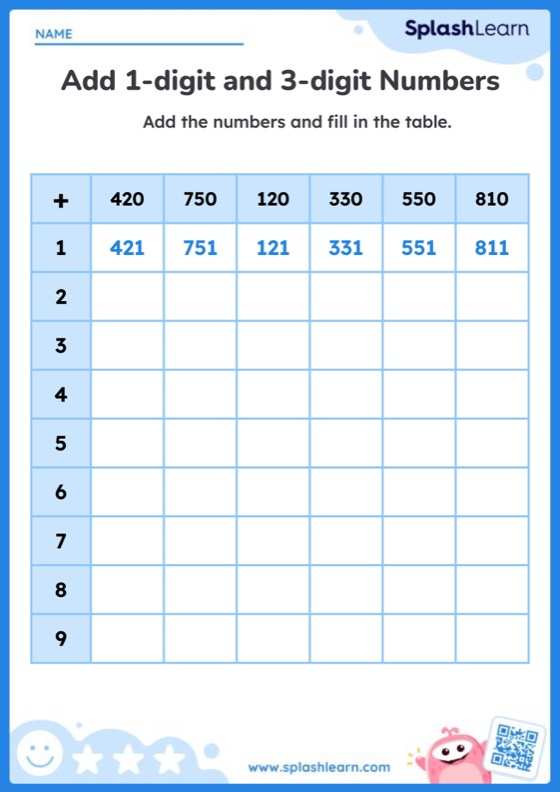 Add 1 Digit and 3 Digit Numbers Using Addition Tables Worksheet
Add 1 Digit and 3 Digit Numbers Using Addition Tables Worksheet
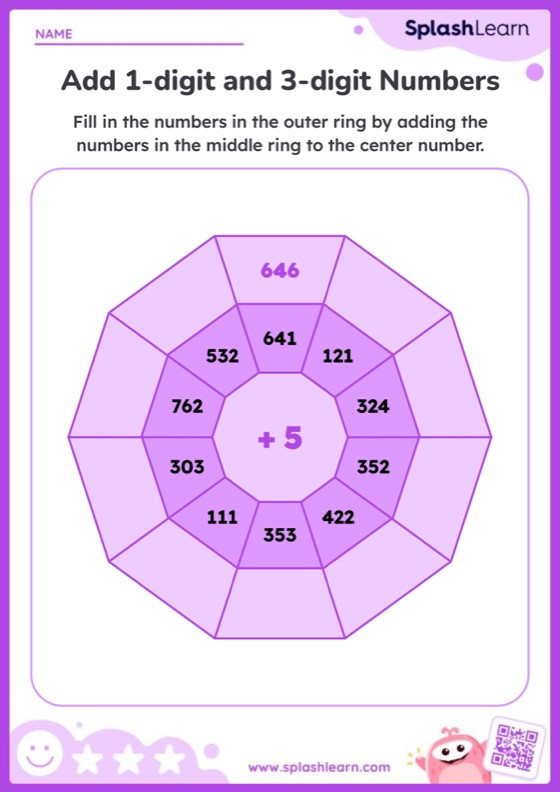 Add 1 Digit and 3 Digit Numbers Using Addition Wheel Worksheet
Add 1 Digit and 3 Digit Numbers Using Addition Wheel Worksheet
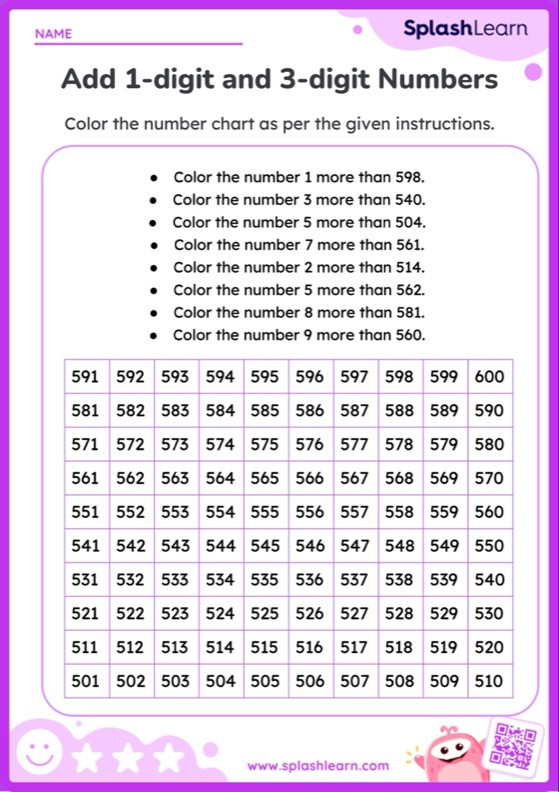 Add 1 Digit and 3 Digit Numbers Using Number Charts Worksheet
Add 1 Digit and 3 Digit Numbers Using Number Charts Worksheet
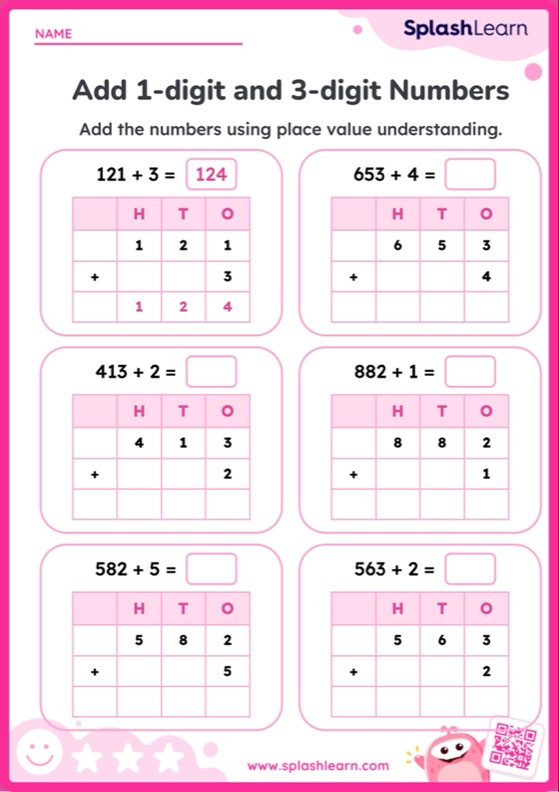 Add 1 Digit and 3 Digit Numbers Using Place Value Worksheet
Add 1 Digit and 3 Digit Numbers Using Place Value Worksheet
Find More Math Worksheets
The Fact Family Triangle: A Visual Aid
One of the most common and helpful ways to visualize a fact family is using a triangle. The fact family triangle neatly organizes the three numbers and the related math facts.
Here’s how the fact family triangle works:
- The Numbers: The three numbers that make up the fact family are placed at the corners, or vertices, of the triangle.
- Operation Signs: The math operation symbols (+, -, ×, ÷) are usually written inside the triangle to indicate the relationships.
- Addition and Multiplication: For addition and multiplication fact families, the largest number (the sum or product) is typically placed at the top vertex of the triangle. The smaller numbers (addends or factors) are at the bottom vertices.
Let’s look at an example using the numbers 3, 4, and 7 in a fact family triangle.
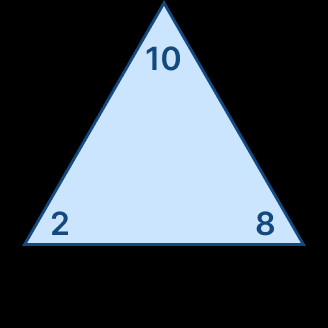 Fact family triangle example with numbers 3, 4, and 7
Fact family triangle example with numbers 3, 4, and 7
This triangle visually represents the fact family for 3, 4, and 7, making it easy to see the addition and subtraction relationships. Fact families are applicable across all four basic arithmetic operations, and we can explore examples for each.
Addition and Subtraction Fact Families: Connecting Operations
In an addition and subtraction fact family, you’ll see how addition and subtraction are inverse operations using the same three numbers. For every addition fact, there are related subtraction facts, and vice versa. A set of three numbers will always create two addition and two subtraction equations within its fact family.
Imagine you have a group of 15 balloons. 9 are blue, and 6 are red. Let’s see how this forms a fact family with the numbers 15, 9, and 6.
The four math facts in this family are:
- $6 + 9 = 15$
- $9 + 6 = 15$
- $15 – 9 = 6$
- $15 – 6 = 9$
Notice how all four equations use only the numbers 6, 9, and 15. The addition facts show that combining the red and blue balloons gives the total. The subtraction facts show what happens when you take away either the red or blue balloons from the total.
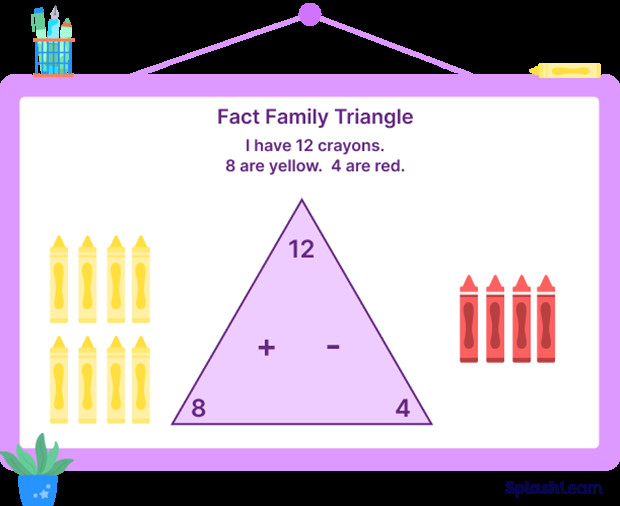 Addition and subtraction fact family triangle with numbers 4, 8, and 12
Addition and subtraction fact family triangle with numbers 4, 8, and 12
Let’s consider another example with the numbers 5, 7, and 12. Here, 5 and 7 are the parts, and 12 is the whole.
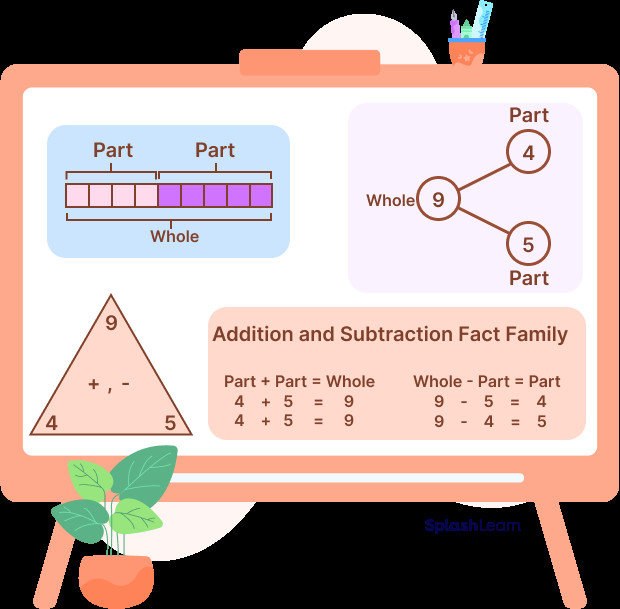 Addition and subtraction fact family equations for 5, 7, and 12
Addition and subtraction fact family equations for 5, 7, and 12
Multiplication and Division Fact Families: Related Operations
Just like addition and subtraction, multiplication and division fact families demonstrate the inverse relationship between these two operations using a set of three numbers. Each multiplication fact corresponds to related division facts, and vice versa. A set of three numbers will have two multiplication and two division equations in its fact family.
Think about arranging cookies on plates. If you have 3 plates and you put 5 cookies on each plate, you have a total of 15 cookies. Let’s see how the numbers 3, 5, and 15 create a multiplication and division fact family.
The four facts are:
- $3 times 5 = 15$
- $5 times 3 = 15$
- $15 div 3 = 5$
- $15 div 5 = 3$
The multiplication facts show how combining groups of cookies gives the total. The division facts show how dividing the total cookies into groups tells you how many are in each group, or how many groups you can make.
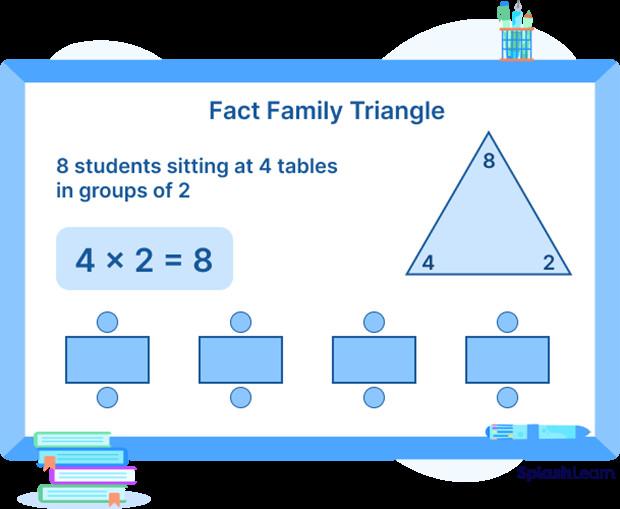 Multiplication and division fact family example with numbers 2, 4, and 8
Multiplication and division fact family example with numbers 2, 4, and 8
Consider another example with the numbers 3, 4, and 12. Here, 3 and 4 are factors, and 12 is the product.
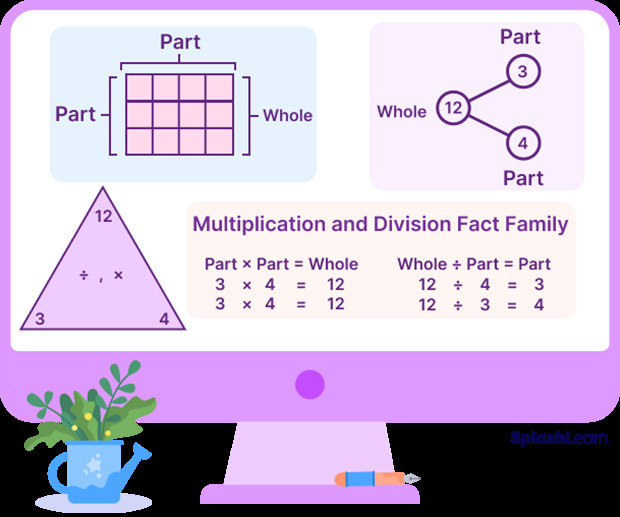 Multiplication and division fact family equations for 3, 4, and 12
Multiplication and division fact family equations for 3, 4, and 12
The Power of Inverse Relationships
A key takeaway from fact families is understanding the inverse relationship between operations. Addition is the opposite of subtraction, and multiplication is the opposite of division. Fact families help to visually and practically demonstrate these connections, making it easier to remember and apply these concepts.
Let’s Get Math-ing!
With just three numbers, see the math unfold,
Multiply and divide, stories to be told.
Add then subtract, it’s plain to see,
A fact family’s math magic, sets your mind free!
In Conclusion: Fact Families Build Math Confidence
Fact families are more than just memorizing facts; they are about understanding the relationships between numbers and operations. By learning fact families, children develop a stronger number sense, improve their arithmetic skills, and build a solid foundation for future math learning. This understanding enhances problem-solving skills and encourages analytical thinking, setting learners up for success in more advanced mathematical concepts.
Solved Examples: Putting Fact Families into Practice
Let’s work through some examples to solidify your understanding of fact families.
1. Write the addition and subtraction fact family equations for the triangle shown below.
 Fact family triangle example for addition and subtraction
Fact family triangle example for addition and subtraction
Solution: The numbers in this fact family are 10, 8, and 2. The addition and subtraction equations are:
Addition Equations:
- $8 + 2 = 10$
- $2 + 8 = 10$
Subtraction Equations:
- $10 – 2 = 8$
- $10 – 8 = 2$
2. Create the multiplication and division fact family equations for the triangle below.
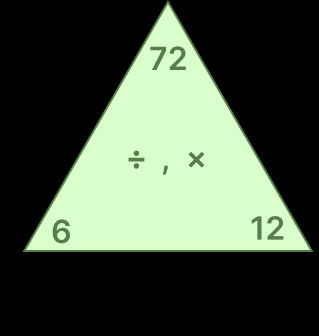 Fact family triangle example for multiplication and division
Fact family triangle example for multiplication and division
Solution: The numbers in this fact family are 72, 6, and 12. The multiplication and division equations are:
Multiplication Equations:
- $6 times 12 = 72$
- $12 times 6 = 72$
Division Equations:
- $72 div 6 = 12$
- $72 div 12 = 6$
3. Construct a fact family triangle using the numbers 4, 5, and 20. Then, write out the equations.
Solution:
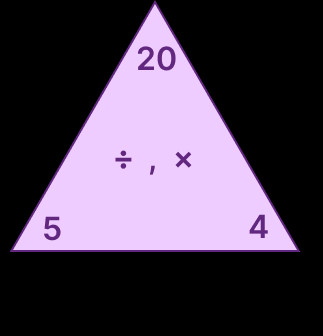 Fact family triangle example with numbers 4, 5, and 20
Fact family triangle example with numbers 4, 5, and 20
Multiplication Equations:
- $4 times 5 = 20$
- $5 times 4 = 20$
Division Equations:
- $20 div 4 = 5$
- $20 div 5 = 4$
4. Complete the fact family triangle and equations for the numbers 3, 6, and 9.
Solution:
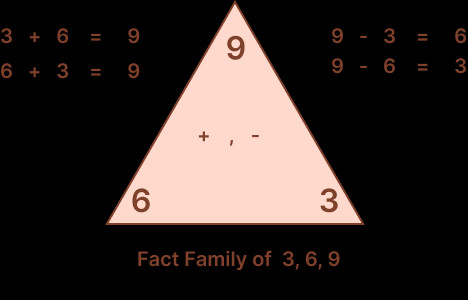 Fact family triangle example with numbers 3, 6, and 9 for completion
Fact family triangle example with numbers 3, 6, and 9 for completion
Equations:
- $3 + 6 = 9$
- $6 + 3 = 9$
- $9 – 3 = 6$
- $9 – 6 = 3$
